
The Power Within
By Storybird

23 Jul, 2023

The story of batteries begins thousands of years ago. Can you believe it? It's true! Imagine ancient people storing power. Pretty cool, right?

In ancient times, there was something called the Baghdad Battery. This was a clay pot filled with a copper tube and an iron rod. Researchers think it might have been a battery.
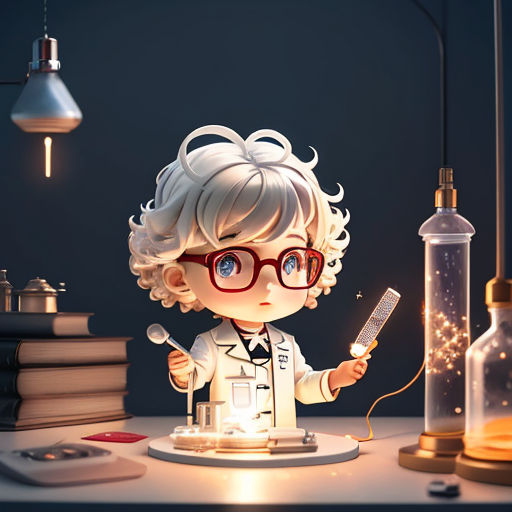
But the first proper battery was made in 1800. An Italian scientist named Alessandro Volta made it. He stacked up pieces of metal and cloth soaked in salty water.

This pile of metal and cloth could create electricity. It's known as the voltaic pile. Sounds strange, but this was a huge leap forward in technology.
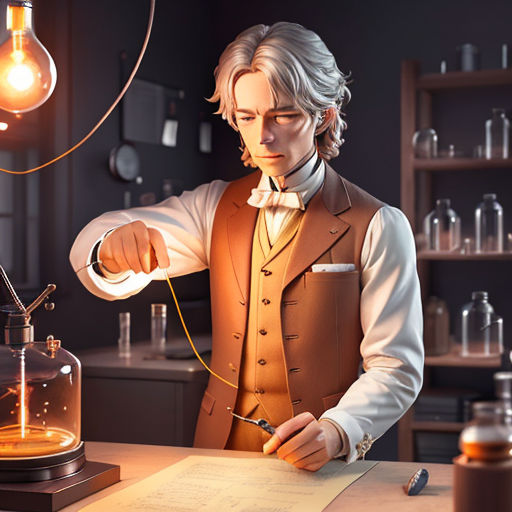
Then, in the 1830s, a British scientist named Michael Faraday discovered that electricity could be created by moving a magnet inside a coil of wire. This was another big discovery.

Faraday's work led to the invention of electric generators. This technology allowed people to have electricity in their homes for the first time. That was a real game-changer!
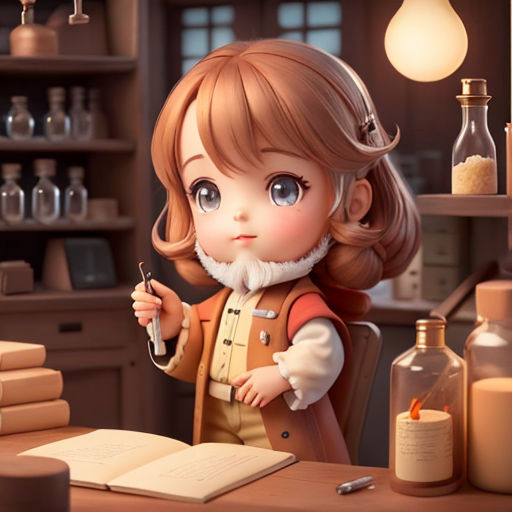
But, what about batteries? Well, in 1859 a French physicist named Gaston Planté invented the first rechargeable battery. It was called a lead-acid battery.
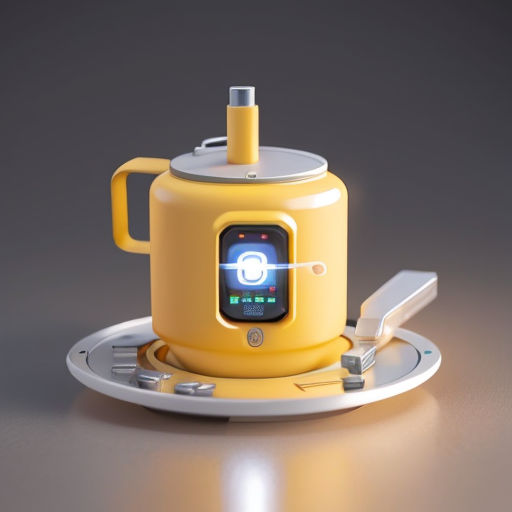
Lead-acid batteries are still used today in cars. They are big, heavy and powerful. Planté's invention was quite an achievement.
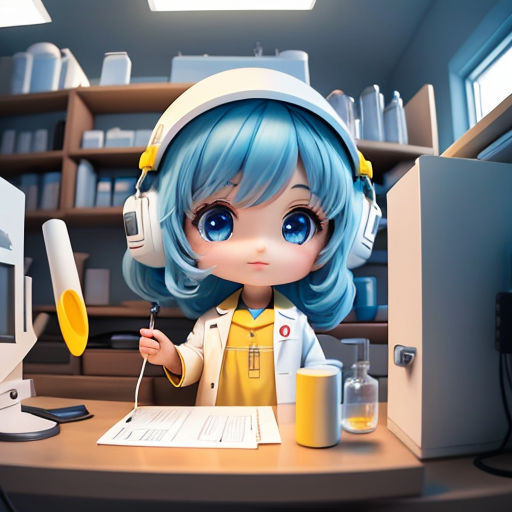
Then in the 1880s, a physicist named Georges Leclanché created a battery that was easier to make and less dangerous. This made batteries more popular and more useful.

Leclanché's battery was made using a carbon rod and zinc. His design is still used today in batteries like the ones in your TV remote.
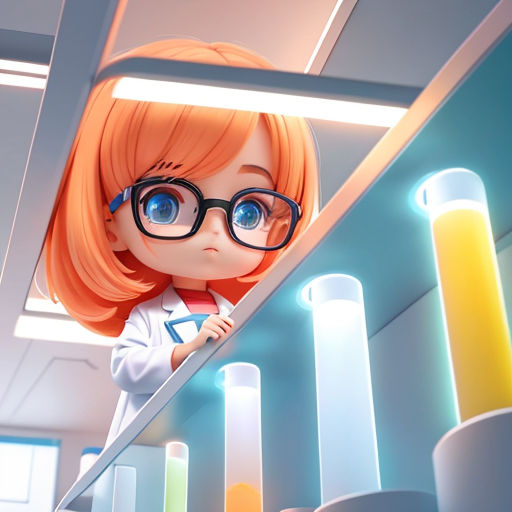
The next big leap was the invention of the alkaline battery in 1955. These batteries could hold a lot more power and lasted much longer.
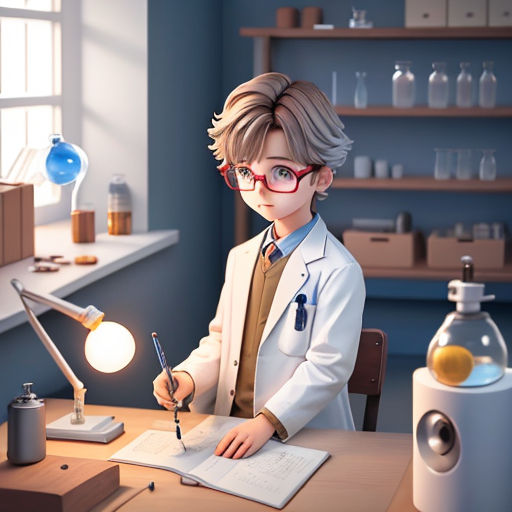
The alkaline battery was invented by a Canadian engineer named Lewis Urry. It became very popular and is still one of the most common types of batteries used today.

After that, scientists started to explore other types of batteries. They wanted to find batteries that were even more powerful, smaller and lighter.

The result of this research was the lithium-ion battery. This is the type of battery used in most of the gadgets we use today, like smartphones and laptops.
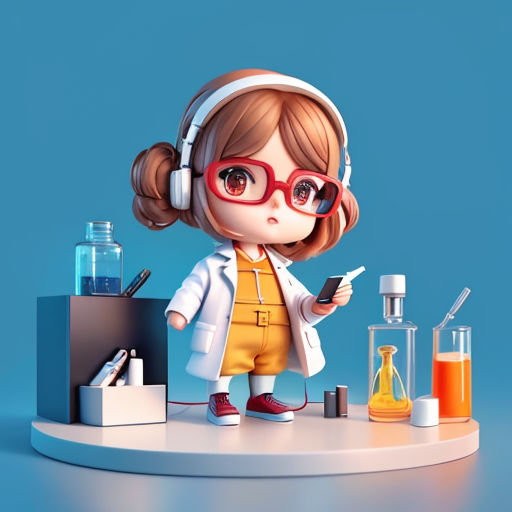
Lithium-ion batteries were invented in the 1970s and 80s. They are much smaller and lighter than other batteries, and they can hold a lot of power.
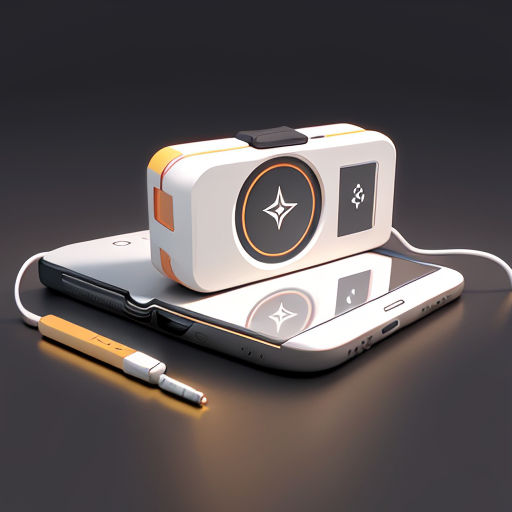
This made lithium-ion batteries perfect for portable electronics. Just think about how often you have to recharge your phone or laptop - not very often, right?
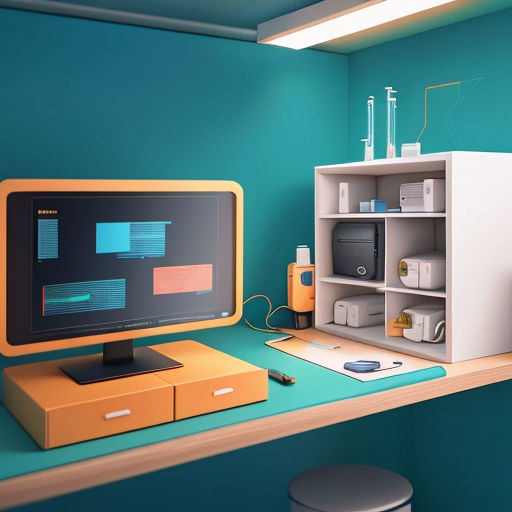
Today, researchers are still working on improving battery technology. They're looking for ways to make batteries more powerful, last longer, charge faster and be more environmentally friendly.

One big area of research is electric cars. These cars need really big, powerful batteries that can be recharged quickly. This is a big challenge.
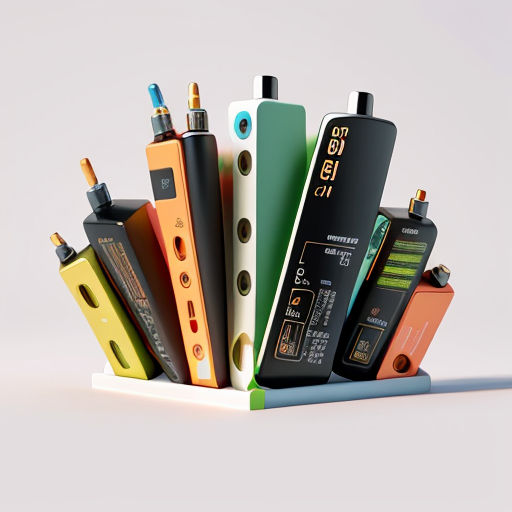
But researchers are making progress. They're developing new types of batteries and improving old ones. We can look forward to some exciting developments in the future.

So, that's the story of batteries. From ancient clay pots to modern lithium-ion batteries, the history of batteries is full of amazing discoveries and inventions.
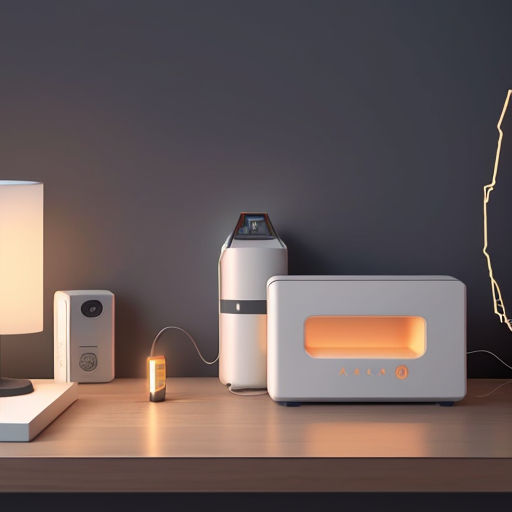
Each step along the way has made our lives better. Because of batteries, we can use electricity whenever and wherever we want. Now that's something to be thankful for!
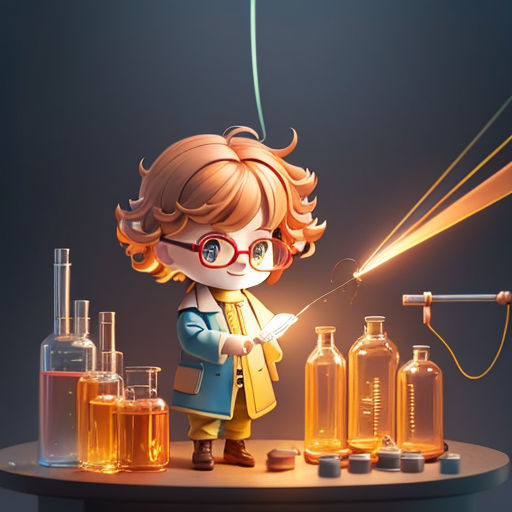
Every time you turn on your TV, play a video game or charge your phone, remember the long history of batteries. And don't forget to thank those clever scientists!

Looking ahead, who knows what the future holds for batteries? Perhaps we'll see batteries that can power a house for a week, or batteries that never run out.
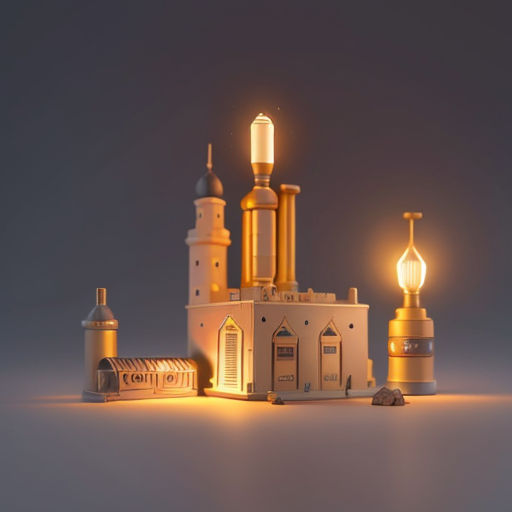
Whatever happens, one thing is certain: batteries will continue to be an important part of our lives. So next time you use a battery, think about its incredible journey through history.

From the first simple voltaic pile to the complex batteries that power our world today, it's been quite an adventure. And the journey is far from over. The history of batteries is still being written.